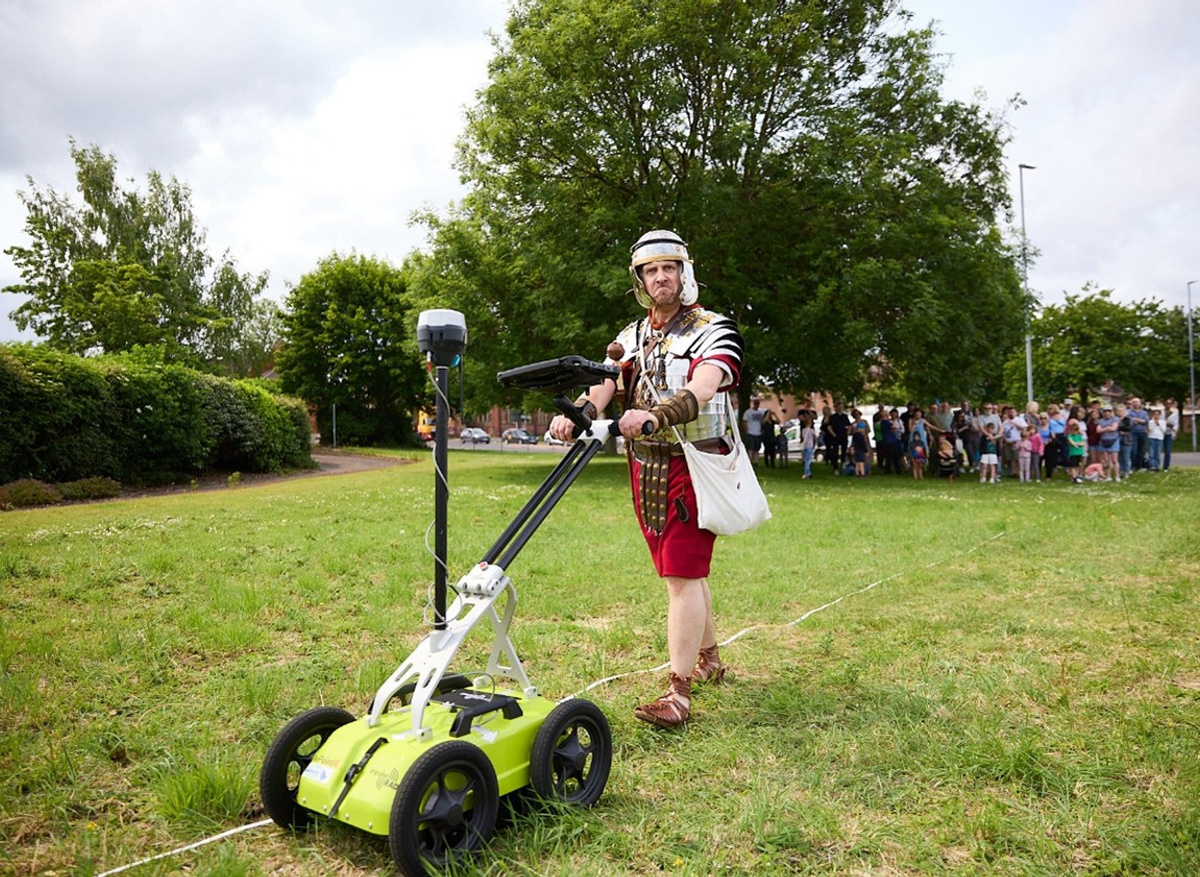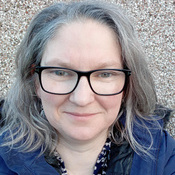Community Heritage - Exploring Roman Castleford
I wrote a Day in Archaeology blog last year (2024) having just started a new job as heritage development manager at Wakefield Council. I was just getting to know my new patch working across the beautiful and varied Wakefield District, and exploring the wealth of archaeological sites, collections and fantastic heritage groups.
I’m now a year into the role, and there has been plenty of great archaeology over the last 12 months to keep me busy. Much of the work has been community-led and community focussed. I work regularly with colleagues in Wakefield Museums and the West Yorkshire Archaeological Service, external partners including universities and contractors, and community partners including heritage groups and civic societies. As ever working in community heritage, no two days are ever the same!
One of the main archaeological projects we’ve been working on over the past 12 months has been Roman Castleford Uncovered, an ambitious digital partnership with One To One Development Trust, funded by the National Lottery Heritage Fund as part of the Our Wakefield Our Stories project. We’ve worked closely with local community groups including the Castleford Civic Society and the Castleford Heritage Trust, and Wakefield Museums and Castles, to develop a new online digital experience to showcase the important Roman history of Castleford.
It may not look very Roman nowadays, but Castleford was founded by the Roman Army nearly 2000 years ago as a temporary fort at the crossing point of the River Aire. Roman activity continued in Castleford until at least the 3rd century, although by that time the fort had been abandoned, and the settlement appears to have focussed latterly on trade and production. Archaeological digs (involving lots of local people) in the 1970s and 1980s uncovered the well-preserved remains of a Roman bath house, as well as evidence of spoon production, brooch making, lead seal boxes (associated with the Imperial Roman postal service) and some incredibly well-preserved leather objects including shoes, shield covers and even tent fabric from the earliest fort. These objects are all now held within the Wakefield Museums and Castles collection, and a selection are on display in Castleford Museum.
One to One Development Trust have worked with local volunteers to scan key objects from the museum collection and used archaeological evidence to recreate parts of the fort, vicus and bathhouse in a digital gaming world. The world incudes interactive elements, including the digital museum objects, that can be picked up and examined. They have also created an augmented reality Roman Soldier that can be placed into the world using smartphone technology. A draft of the experience was trialled at the Castleford Roman Festival in May, where over 220 people, including families and young people, had a go at exploring Roman Castleford through the new digital platform. The feedback was overwhelmingly positive. The finished platform is due to be launch during Heritage Open Days in September.
The Castleford Roman Festival is an annual celebration of the town’s Roman history and archaeology. During this year’s Festival we also did some geophysical survey work, working with tutors and students from Leeds University School of Earth and Environment, GeoMatrix and volunteers from the Castleford Civic Society. We used Ground Penetrating Radar to survey the Roman Bath House site, and other sites close by along the assumed route of the Roman Road that ran through the town. Hundreds of people stopped by during the day to see the survey and chat about the archaeology of Castleford – a lot of them remembering the digs of the 1970s and 1980s. We even had a Roman Legionary call in to lend a hand.
As well as the Roman archaeology, I’ve also had the pleasure of been involved in some amazing art and archaeology projects (including a project on Cistercian ware with artist Naomi Aderonke, funded through the Wakefield Council culture grants) and working with local groups to explore and understand the built heritage of their towns and villages, and how those places have developed over time. Hopefully this might result in some new Local Listings and possibly even a new conservation area or two!
This just shows the power of archaeology to inspire and interest communities, to bring people together, and to shape how people understand and talk about their places. There’s plenty more planned over the coming months. If you’re over Wakefield way do call in and see us (check the heritage pages of the Wakefield Council website and sign up to our regular heritage mail-out for updates) and hopefully I’ll be back here next year to tell you all about it!




